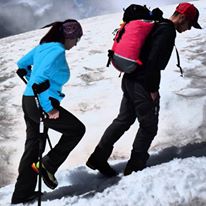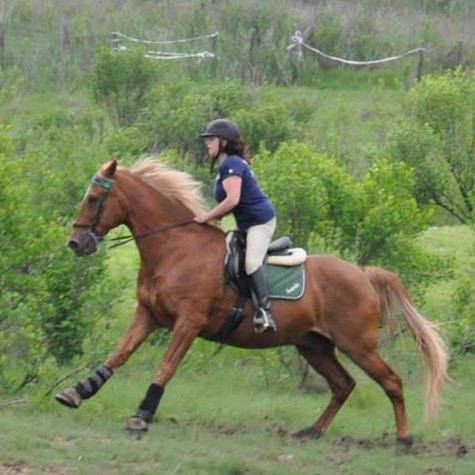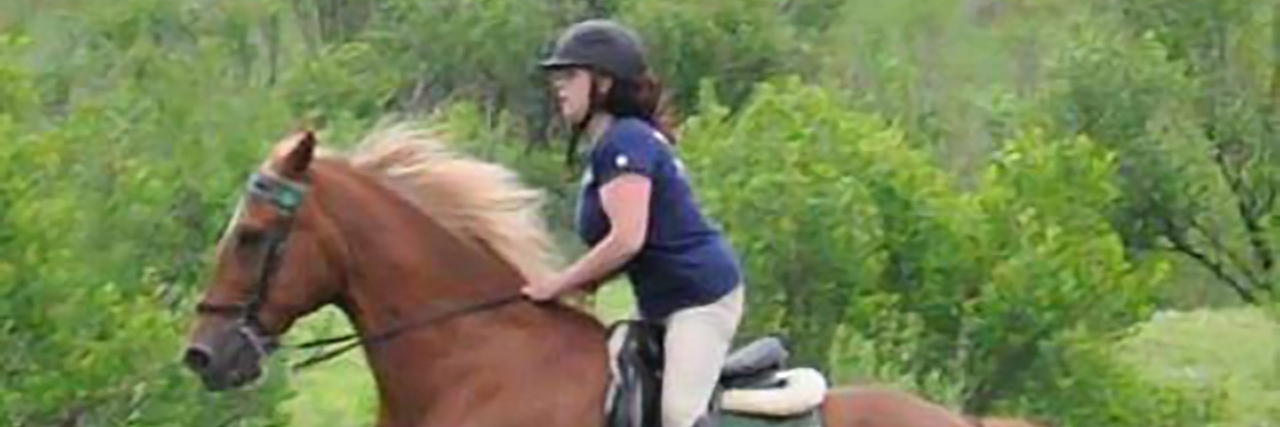For as long as I’ve lived in this body I’ve had some “wonkiness.” Random bruising as early as an infant landed me in the children’s hospital. A multi-year episode of dislocating joints and blacking out made no sense to medical professionals. I’m reasonably certain everyone thought I was faking the myriad of symptoms that manifested – and frankly I wouldn’t blame them.
• What is Ehlers-Danlos Syndrome?
• What Are Common Ehlers-Danlos Syndrome Symptoms?

Because I wasn’t diagnosed with my chronic conditions until age 35, I really didn’t know any better. Labels can give us the opportunity to make excuses, or to define our limits. If we have a thyroid condition, we know we might gain or lose weight. If we have torn our ACL, we know our knee might be fragile. If we have cerebral palsy, we might expect coordination challenges. But when we have no label, we have no definition. We don’t know what something is; we simply know it exists. And for 35 years, that was all I knew – something existed.
Because I had no labels, no definitions, and no excuses, I defined myself, rather than letting a medical condition define me. I found running, and, true to form for my giant personality, my first race was a half marathon. I had been a climbing instructor during my employment with the Boy Scouts of America and decided the first mountain I would climb would be all 14,411 feet of Mount Rainier. And I didn’t just workout, I found CrossFit. My extreme sports matched my extreme personality – and I put no limits on myself. I had no reason to, given that I had no idea what was “wrong.”
In 2013, I saw a new pain management doctor to treat nerve damage to my left leg – the result of a climbing fall in 2011. Someone finally connected the cardiovascular, skin, and joint issues to diagnose me with Ehlers-Danlos syndrome and the diagnosis that often comes with it, postural orthostatic tachycardia syndrome.
For me, the diagnosis was the answer to a long awaited question. It suddenly made sense of my checkered past of surgeries, hospitalizations, and illnesses. But it didn’t define me. It was just a note in a file in an office somewhere. I am grateful for the time that I lived without an answer because it made me the tough and adventurous person I am today. I’ve made it my personal mission to encourage others with adaptive needs to pursue extreme sports, by volunteering with nonprofits focused on adaptive CrossFit, skiing, and mountaineering / climbing.
Ehlers-Danlos syndrome often goes undiagnosed for many years. I hope that others reading this article, whether diagnosed, undiagnosed, or living with other conditions will begin doing just that – living. Stop searching for the answer to your question at the expense of living to the fullest. Write your own story.

Follow this journey on Amanda’s website.

